1948 Mint State Lincoln Cent (Bull’s-Eye Toning)
Some twenty years ago, Martha and I were attending the Michigan State Numismatic Show in Dearborn, MI. An elderly gentlemen came up to our table, and said several dealers told him that we liked copper. True. He then proceeded to tell us that he had a small coin collection that he had amassed over the years, wondered if we were interested in taking a look at it and, if interested, purchase it. I asked him if had brought anything to show us, and he replied, I have a few Indian Head Cents and some tokens for you. His coins were all nice and original (original skin, if you will) and many were attractive AU’s and Mint State examples. None of these coins were toned to any noticable extent. We talked for some time. He had been collecting US Coins and Token since the end of World War II, and explained that he had come to the point that it was time to sell his collection. It was interesting to me that it appeared the coins he presented at the show had been stored away for some time. Many were wrapped in old tissue paper or in old 2X2 paper envelopes. However, he was quick to point out that most of his really nice coins were in old coin albums. I asked National Albums? He replied, yeah, I’ve got some of those I believe. My interest then peaked! We offered him a price for the coins he had with him, and then told him to shop his coins around the bourse floor, and, if our offer was competitive, come back to see us, and we would make an appointment to view the rest of his collection. His wife was with him and really didn’t seem very interested in the coins, but was enjoying looking at some of the jewelry on display at several of the tables at the show.
A couple hours passed and the couple came back to our table. They said they were interested in our offer, but really wanted to sell the entire collection, and encouraged us to visit them at their home in Battle Creek, MI, to view the entire collection.
So, the rest of the story: After returning from the MSNS show, we arranged a visit with the couple at their home in the Battle Creek countryside . Now I am speculating, but my best guess was these folks were in their late 70’s at the time of our visit. They had a very nice comfortable home and were very gracious hosts during our visit. We learned that the gentlemen had been a life-long farmer in the Battle Creek area, and his wife had been a homemaker. They had children, but none of the kids were interested in their collection, and it was just time to sell.
They walked us down a hallway to a large bedroom in which an old wooden chest was at the foot of the iron-post bed. Everything in that room, and their house for that matter, reminded me of my grandparent’s home! Now the old fellow opened the wooden chest, and it was full of coin albums, boxes of coins carefully labeled and stored in envelopes, sometimes wrapped in old tissue paper as well as related Numismatic Memorabilia (early Max Mehl catalogues, for example).
1946 Mint State Lincoln Cent (Bull’s-Eye Toning).
Of all the coins we saw that afternoon, and eventually purchased, the Lincoln Cents, Proof and Mint Sets, were covered in absolutely spectacular toning. Both Martha and I had attended Bob Campbell’s course in Colorado Springs at the ANA Summer Seminar Series which was on the characteristics of natural and artificial toning, and we were immediately confident that what we were viewing, was in fact, beautifully undisturbed and original examples of natural toning on copper.
Toning is all about storage techniques, and is the result of a long and slow oxidative process in which chemicals in the environment interact with the surface of the coin. The Lincoln Cents, Proof and Mint Sets had been stored in that trunk, undisturbed to varying degrees since the late 1940’s and 1950’s. The old fellow told us that the trunk was what his belongings were shipped home in at the end of his service in WW II. I wish I could tell you the type of wood that old trunk was made of, but that detail is missing. The albums ranged from the old National Albums, Library of Coins Albums and various Whitman Albums. The Lincoln Cents were housed in a “Library of Coins” album. For the most part they appeared to have been carefully chosen Mint State or near Mint State examples, certainly quality-wise much better than the Indian Head Cents in his collection. I asked him about the source of his collection over the years. His reply, as I recall, was that he had gotten them from local banks, friends and occasionally local dealers and coin shows. I asked him if he had ever sold any of his coins before now. He said no, never sold a thing. I’m guessing from our visit that many in the area knew of his collecting interest and frequently offered him small family accumulations. Sometimes, when dealing with collectors, buying or selling, you learn a lot about their personality. In this case, we were dealing with very knowledgable and meticulous folks. Details and organization were a top priorities in every aspect of their life( at least as viewed by us). They resided in a very comfortable farm home with every thing in its place! They appeared to be happy and very content in their community, and were enjoying their senior years with great clarity and confidence. These were people you like to know and call friends.
1959 D Mint State Lincoln Cent (Iridescent Green Toning)
Many of the Lincolns in his collection had not only spectacular ‘Bull’s-Eye’ toning but also beautiful deep intense iridescent green toning, which was incredibly thick, almost to the point of obscuring the underlying mint luster. However, under direct light the original mint luster was in full beauty. I am sure a professional photographer could make these coins truly remarkable examples of natural toning on copper.
1946 D Mint State Lincoln Cent (Iridescent Green & Rose Toning)
How do we grade these raw uncirculated examples? Well, we just call them Mint State Beauties, free from plastic encapsulation, for the time being. The coins pictured in this article represent about 10% of the toned wheat cents (30’s,40’s & 50’s) in our Battle Creek Toned Lincoln Collection. If you think grading is a subjective exercise in establishing value…grading toned mint state examples is really subjective. Some folks believe toning is surface damage and stay away from buying them. Others view toning as beauty, adding great value to the coin. In our present numismatic market, almost all markable and beautifully toned coins are going to be encapsulated by either PCGS or NGC. Encapsulated/Certified coins are the market makers and are guiding grade and value in almost every aspect of collecting. We certainly buy and sell in the certified market, but in some cases, as in this example, we prefer to view the originality, free from plastic, at least for the time being!
We purchased this collection raw, not a certified coin in it. Were we fair? Did we pay this couple a premium for what was clearly a collection with some unique examples? You bet we did, and here’s why: First, it was, and is, the correct thing to do. Your reputation of fairness in dealing with collectibles of any kind is your bond. In this case, the toning was unique enough to us that we estimated the value of these coins would certainly increase; and demand would be high going forward. So yes, we paid a premium that yielded an outcome that both buyer and seller could agree upon and be happy with.
Oh, you want to know how much of a premium? Don’t be like a long-time customer of ours. Every time we sold him a coin he insisted on driving us crazy by wanting to know what we had paid for the coin. He wanted to know, and apparently approve, our profit margin…really not his business! We sold him coins for 15 years, never divulged that information, and apparently he learned to live without knowing every little detail of our business. He was a great customer but we always knew that question was coming…how much did you pay for this coin? He became a very dear friend…but we never divulged our cost.
1947 D Mint State Lincoln Cent (Light Iridescent Green with Soft Rainbow Toning)
One Final Note: How do we store these toned Lincoln Cents? Well, we place them in a nice cotton pouch, and then that pouch goes into a 2 X 2 paper coin envelope. Ideally envelopes of low sulfur content (archival quality, if possible). The coins are then stored in a low humidity environment with air temperature @70 degrees year round.
Continue Reading »







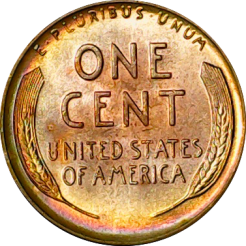






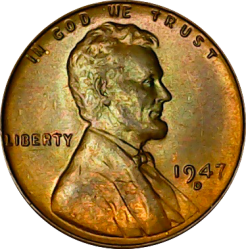





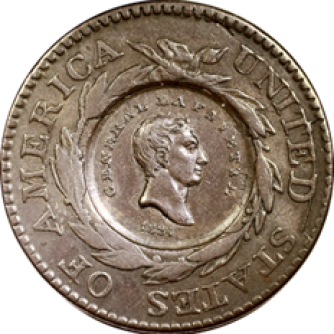








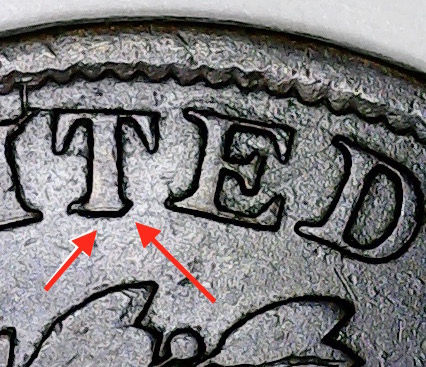

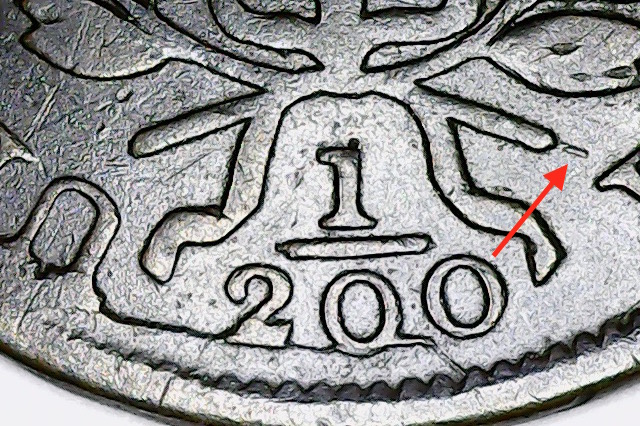


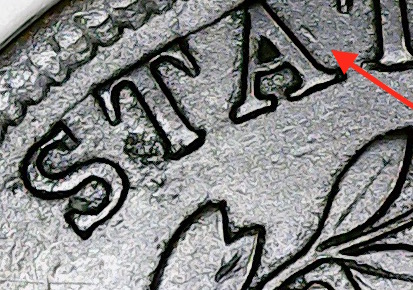
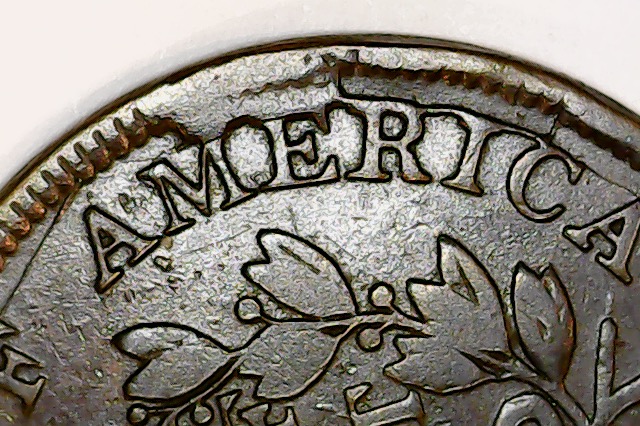



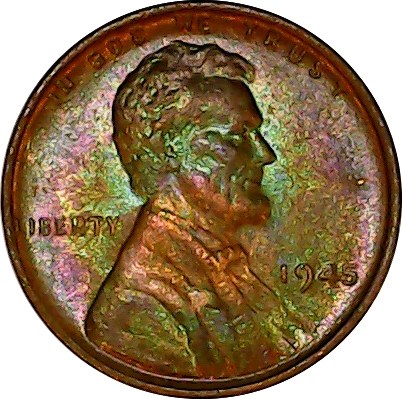






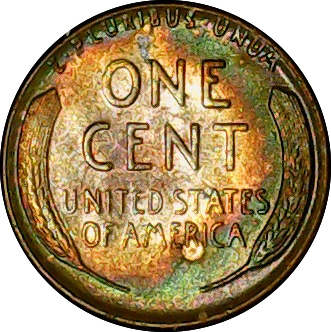





















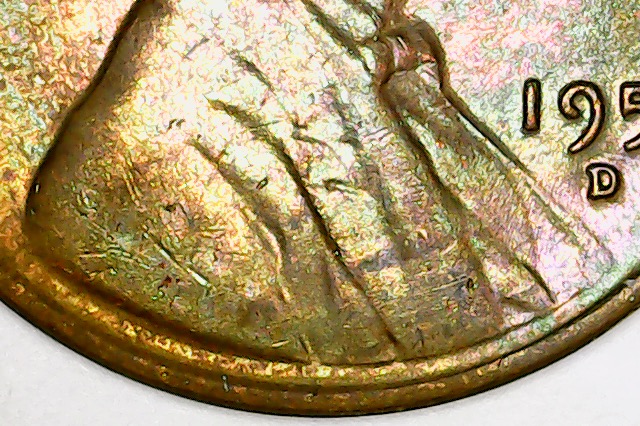























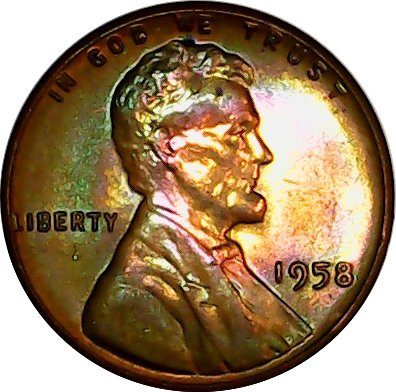


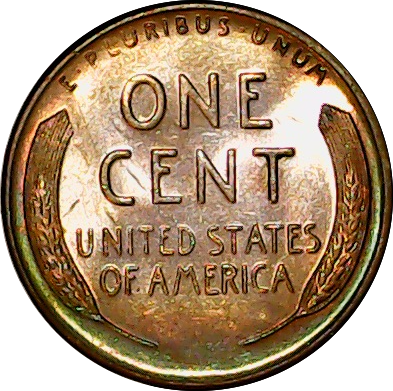


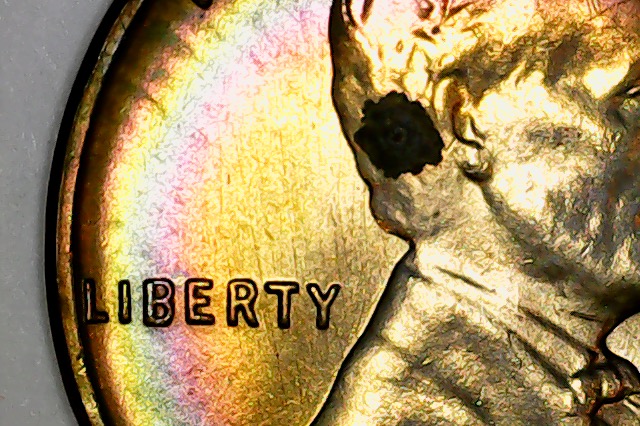






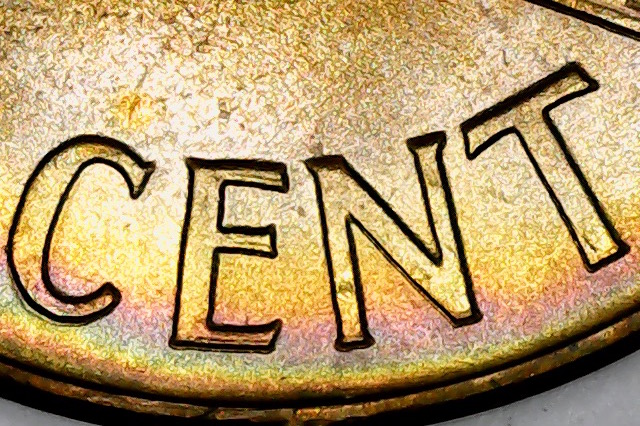





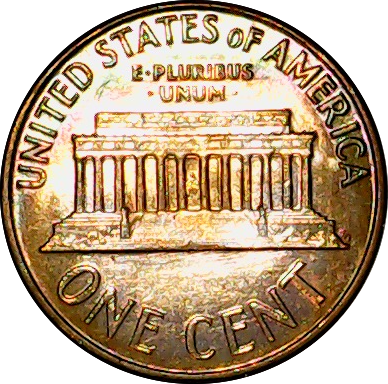





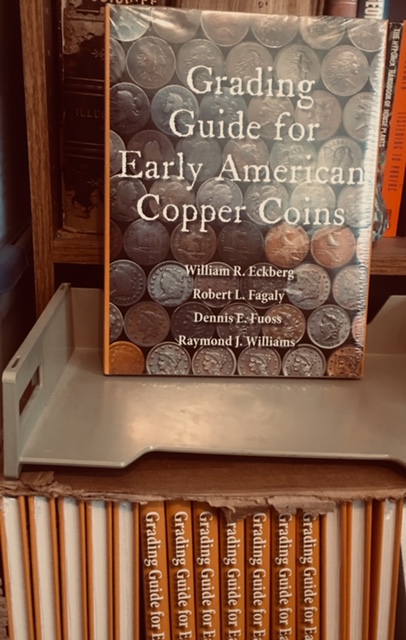
You must be logged in to post a comment.